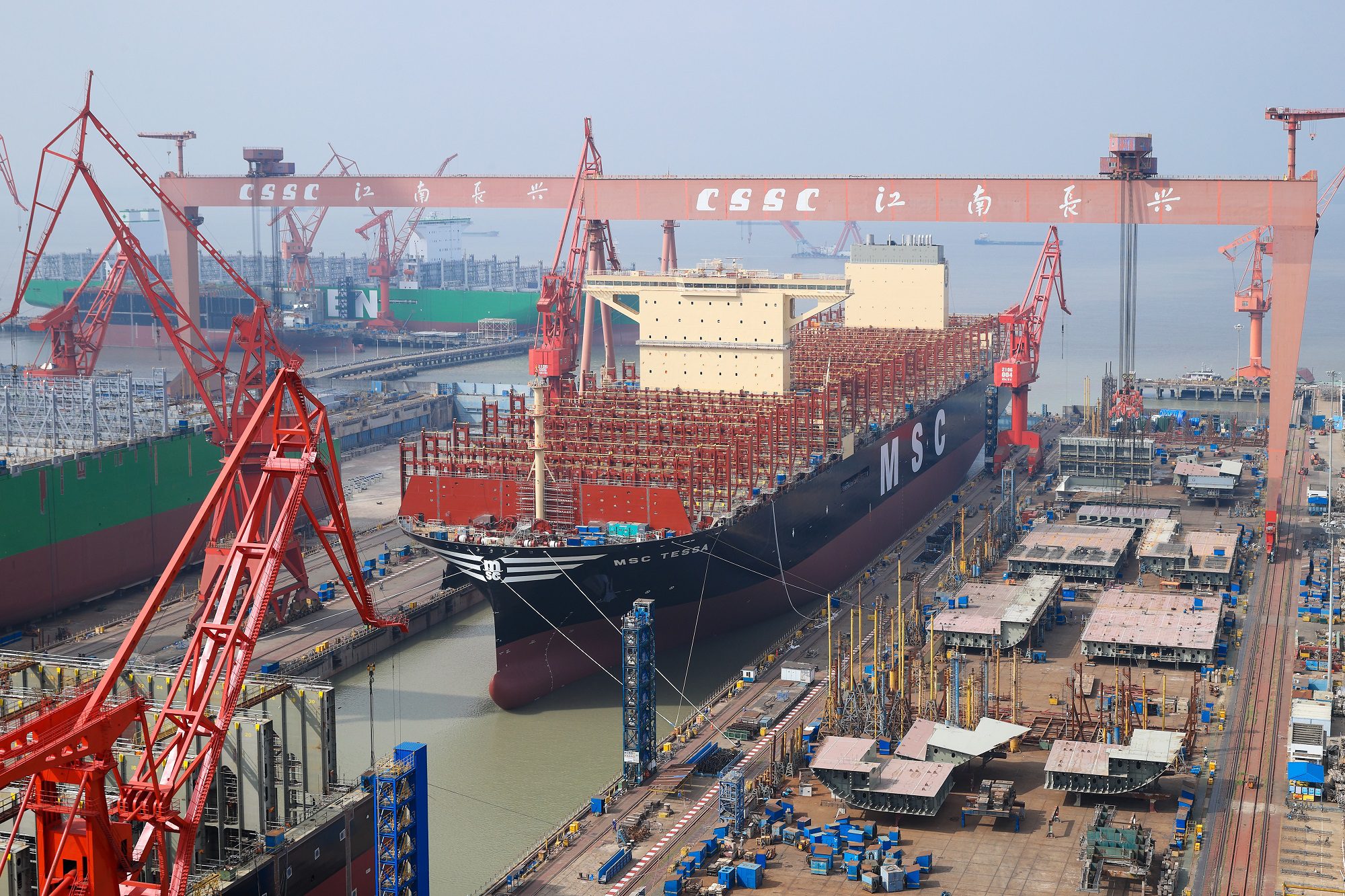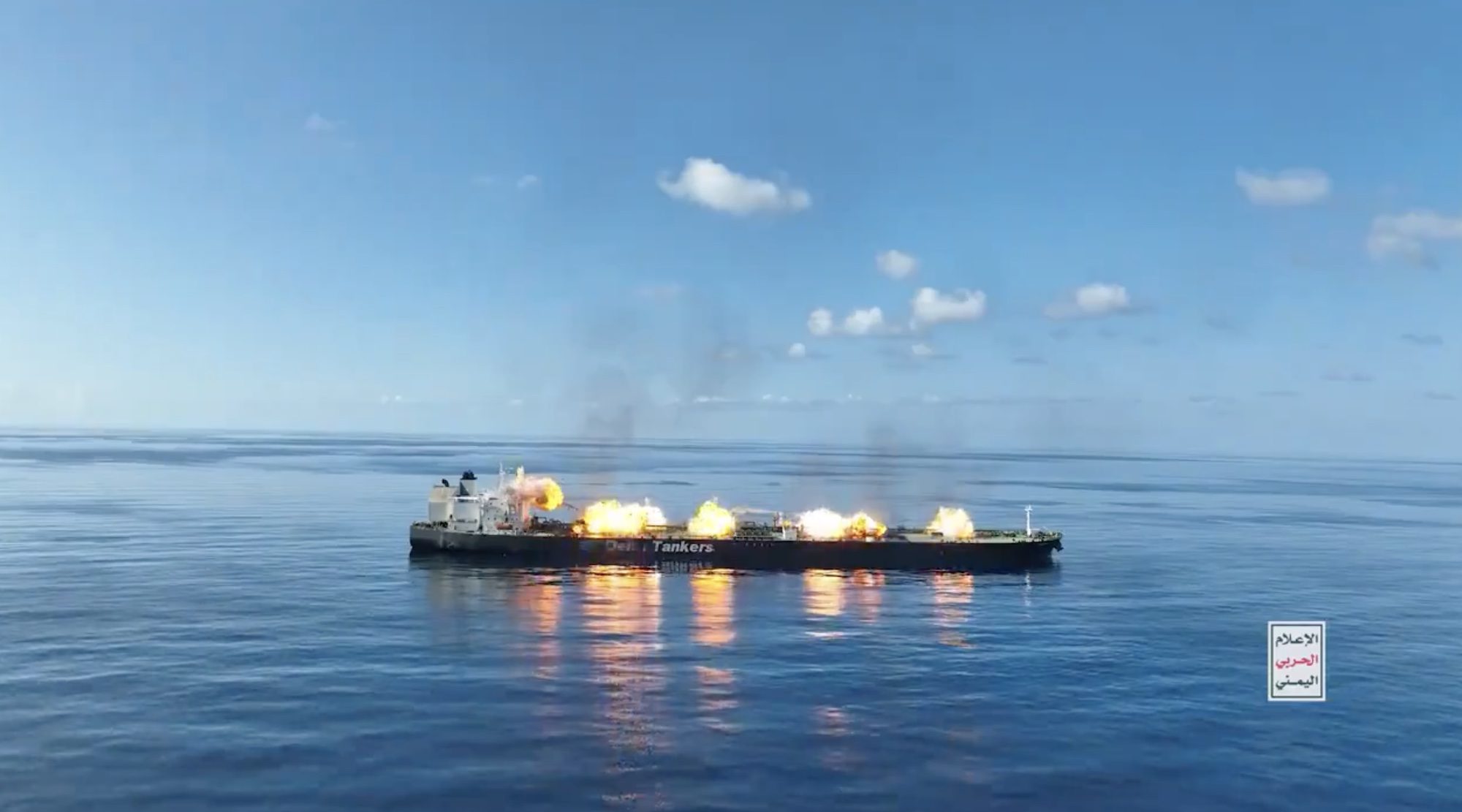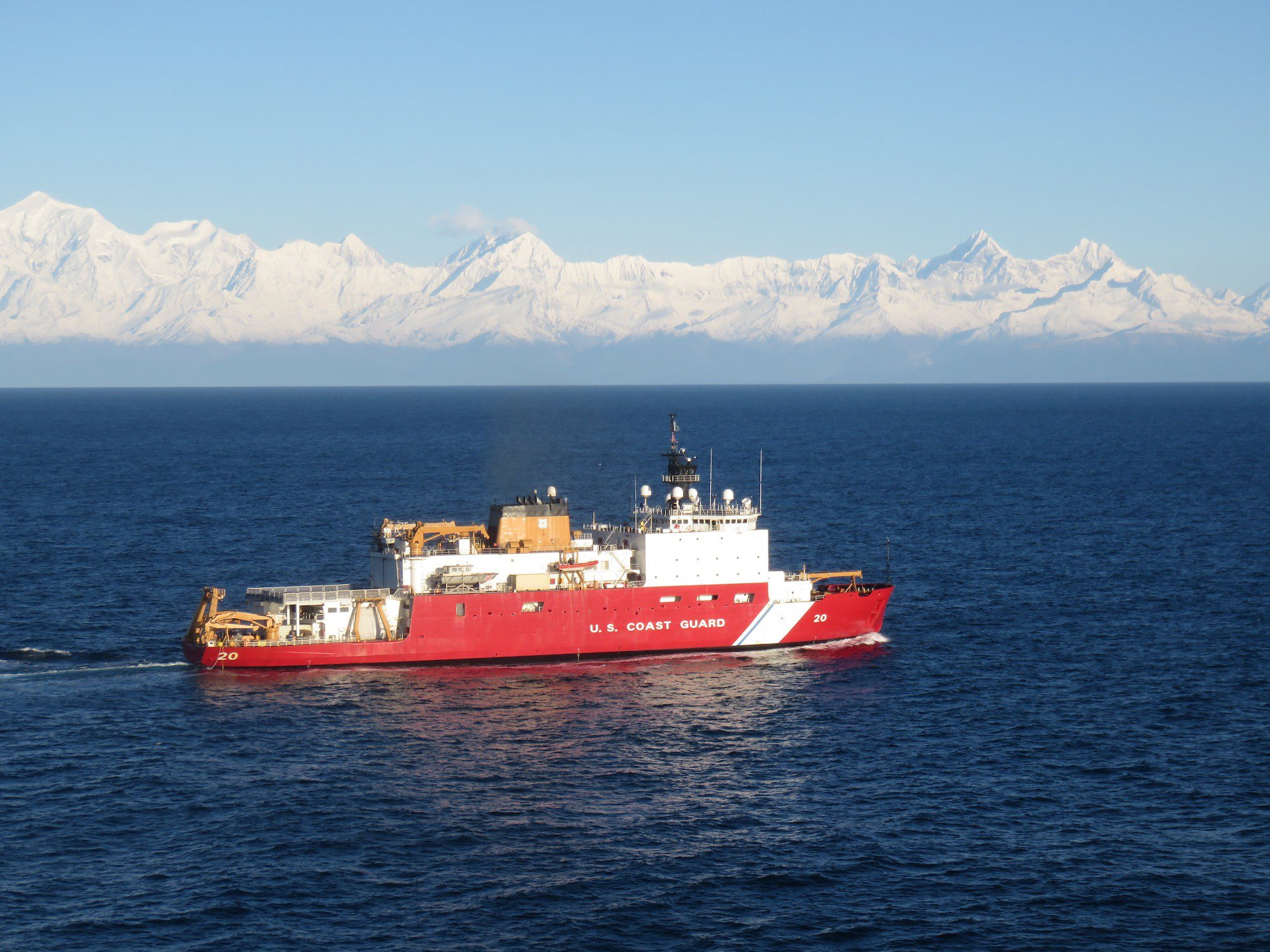The container shipping industry is poised for unprecedented growth as its orderbook hits historic highs, with potential major implications for global maritime trade.
BIMCO reports containership orders reached a record-breaking 8.3 million TEUs by the end of 2024, surpassing the previous peak of 7.8m TEUs set in early 2023. Despite record-high deliveries of 2.9m TEU, the orderbook continued to expand thanks to substantial new contracts totaling 4.4m TEU during 2024.
“Making up 92% of the order book capacity, ships 8k TEU or larger dominate the order book. The largest segment, 12-17k TEU, makes up 46% of the order book capacity,” said BIMCO’s Chief Shipping Analyst, Niels Rasmussen.
Chinese shipyards have emerged as the primary beneficiaries of this boom, securing 72% of the total orderbook. South Korean and Japanese yards follow with 22% and 5% market share, respectively.
BIMCO highlights that the delivery schedule reveals a concentrated timeline, with 99% of vessels slated for delivery between 2025-2029 and peak deliveries expected in 2027, with 2.2m TEU scheduled for completion.
However, the industry faces challenges with aging vessels. BIMCO points out that the fleet’s average age has increased by 1.4 years since early 2020, with ships 20 years or older now representing 11% of the total fleet capacity.
Looking ahead, Rasmussen notes that ongoing Red Sea disruptions could impact fleet growth: “Actual recycling is likely to end lower… Therefore, average annual fleet growth during the next five years could end higher than 3%.”
This expansion signals a significant shift in fleet composition, with larger vessels becoming increasingly dominant. Liner operators are set to strengthen their market position, controlling 79% of the orderbook capacity compared to their current 61% fleet share.
Unlock Exclusive Insights Today!
Join the gCaptain Club for curated content, insider opinions, and vibrant community discussions.

 Join The Club
Join The Club











